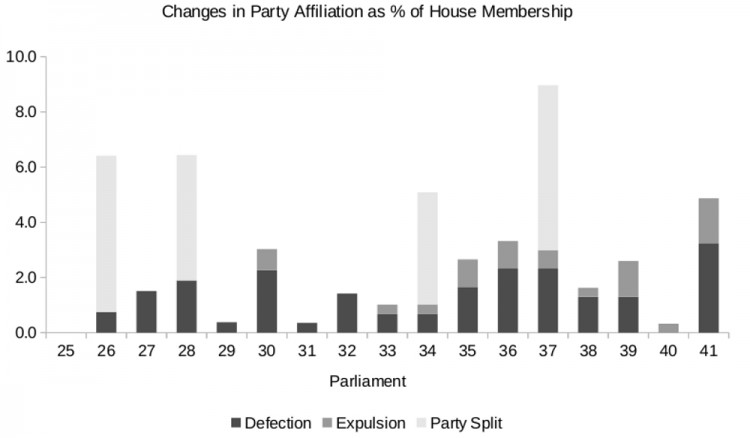Wow! Long time since I blogged; all caught up travelling and entering data. (Little known fact from said data entry: more tax was collected in Derby than in cities several times its size in the 1850s & 60s — and this was solely due to the great wealth & extensive holdings of two of the city’s inhabitants: The Duke of Devonshire & the brewer, Michael T Bass!)
Anyway, on with the blog post, the subject of which is the relationship between our prior beliefs and the evidence we confront (or, as it happens, avoid confronting). This was provoked by a conversation that I had with Hadrian (my 5-year old son) as we walked home from school yesterday.
“Dad, there was a monster in the school today.”
“Really? Did you see it?”
“No, but there was a funny fishy smell in the bathroom. In the girls’ bathrooms too! Oh, we [i.e. Shea (H’s best friend) & Hadrian] didn’t go in the girls’ bathroom… boys aren’t allowed to, but we sent Stella in to smell and it was fishy there too. It was the giant fish monster, for sure!”
“It was probably just a backed up pipe…There are no giant fish monsters in your school bathroom. It couldn’t fit for one thing.”
“No, it was a fish monster… one that could mutate and change size, obviously” (Hadrian really does say “obviously” … mostly when he’s explaining things to one of his dear but oh so dim parents, as in “Oh, Daddy[sigh], obviously…”)
“There are no monster, no mutant fish monsters, and not in your school bathroom… and the fishy smell could have been a lot of things, a backed up pipe, smelly garbage cans… Let me ask you, what do you think the chances of just running into a monster are?”
“About 50-50.”
“What about in closets or under beds?”
“Closets, about a lot, almost a thousand! Under beds about 50-50. And outside there a lot too.”
“Well we have very different priors: I think there’s zero chance of running into a monster, and I think a lot of stuff could cause the fishy smell, so I’m pretty sure there was no giant fish monster in your school bathroom.”
Small silence…..
“It was a mutant fish monster, I said.”
Now, I can’t claim to be a Bayesian statistician and I’m not much of a philosopher, but what I found interesting about this conversation was relationship between priors and evidence. As funny/cute/odd/fantastic as Hadrian’s priors of running into monsters are, they are not the real problem with his reasoning. Certainly, the strength of Hadrian’s priors strongly effect his conclusions: if you start out believing that it’s a virtual certainly — about 1000, no less! — that there are monsters in closets, you’re likely to conclude that ther IS and monster in THAT closet. The real problem with H’s reasoning is that he takes virtually all evidence as confirming his priors – hence his ex post certainty about a monster in the school bathroom after encountering the “fishy smell.” (Well, to be fair to Hadrian, Stella did provide independent confirmation of the smell.) This got me thinking about how often social scientists (including me too often) operate similarly: we have in mind a particular causal explanation and then seize on any piece of evidence that’s consistent with that explanation as confirming our pet explanation. But unless the evidence we encounter is particularly well identified, i.e., it could only be caused in one particular way (and we are aware that it could only be caused in that way), confirmatory evidence is pretty useless. ….Then again, it could have been a fish monster….of the mutant sort, of course – even dads know a giant one couldn’t fit!

 Follow
Follow